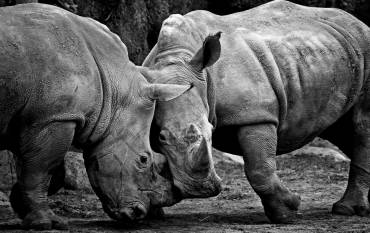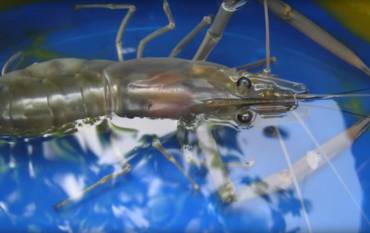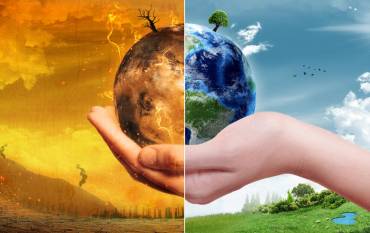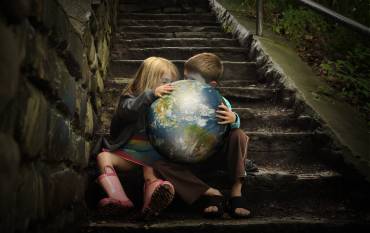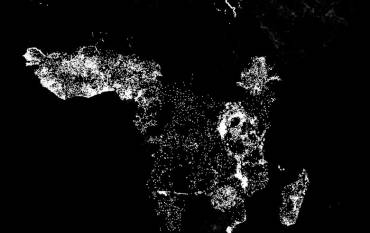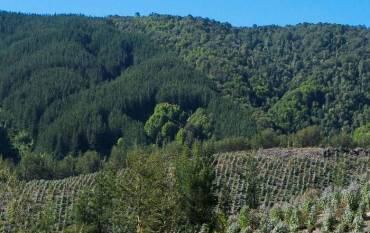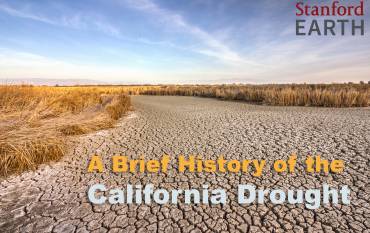The Stanford School of Earth, Energy & Environmental Sciences is now part of the Stanford Doerr School of Sustainability.
This page is currently being maintained for archival purposes only. For the latest information, please visit us here.
Human Dimensions and Sustainability
July 27, 2016
Stanford Woods Institute for the Environment
July 22, 2016
Stanford Woods Institute for the Environment
April 14, 2016
Stanford University
Targeting aspects of human psychology that can create barriers to effective climate change action may be the key to promoting environmentally friendly choices in both individual practices and national policies, Stanford scientists say.
April 5, 2016
The Guardian
We are living in the Anthropocene age, in which human influence on the planet is so profound, it will leave its legacy for millennia. How are writers and artists responding along side scientists, politicians, and engineers?
March 21, 2016
Stanford School of Earth, Energy & Environmental Sciences
How do we achieve sustainability? In her book "Pursuing Sustainability", Pamela Matson, Chester Naramore Dean of the School of Earth, Energy & Environmental Sciences, suggests that the ultimate determinants of intergenerational well-being should be thought of as the stocks of assets on which people now draw and will draw upon in the future to subsist and improve their lives – stocks that include natural, social, manufactured, human and knowledge capital.
March 17, 2016
Stanford School of Earth, Energy & Environmental Sciences
March 2, 2016
Stanford Woods Institute for the Environment
Collaborative efforts to reduce deforestation were more than twice as effective as "confrontational" programs developed by either industry or nongovernmental organizations, according to a first-of-its kind study.
February 8, 2016
<p>A look at the historic 2011-2016 California drought and the work of Stanford Earth faculty and researchers to better understand its causes, implications, and mitigation.</p>
January 25, 2016
Science
A new paper that finds New Mexico's American Indian population crashed 100 years after Europeans arrived uses an "amazing approach," says Stanford Earth's Richard Nevle.
- ‹ previous
- 3 of 5
- next ›
Subscribe to Earth Matters
A free monthly bulletin for your inbox




